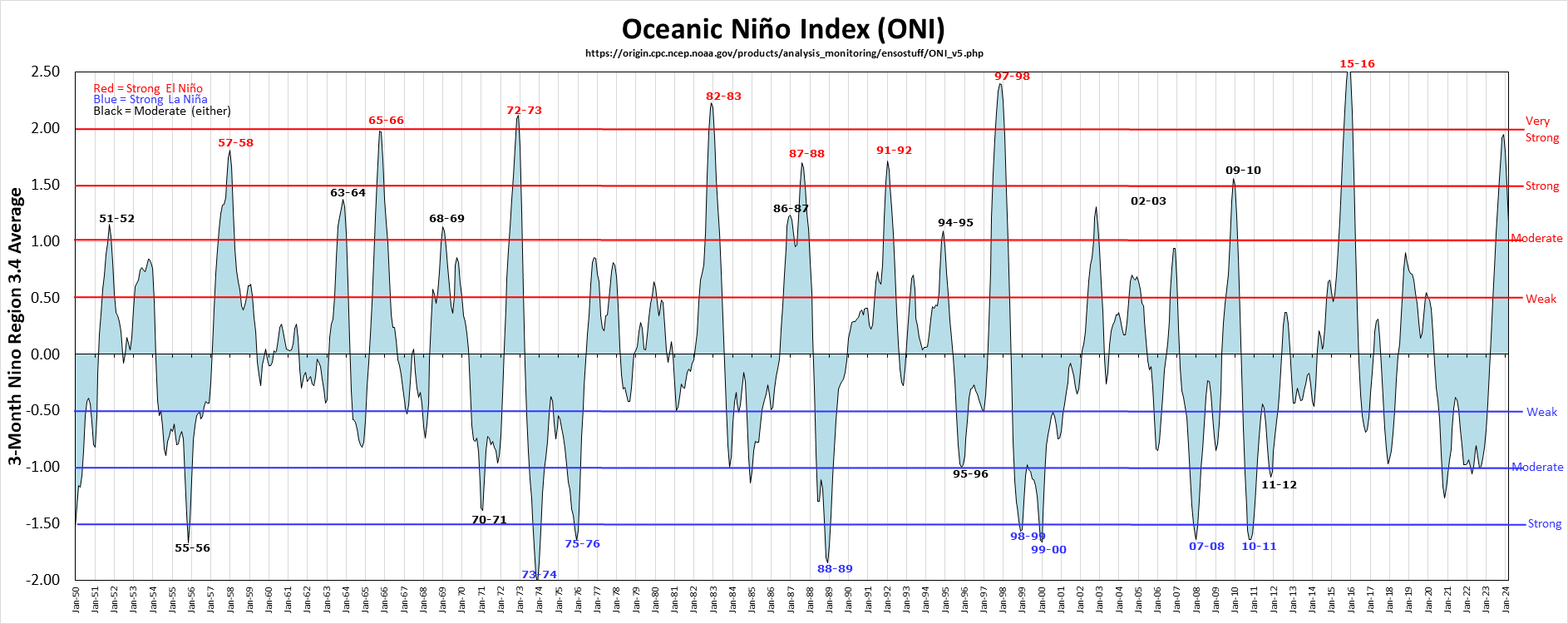Right now, the shelf works like a giant bottle-stopper that slows down ice trying to flow from the land into the sea. If it collapses, the ice could flow into the ocean more rapidly, an effect that has already happened on a much smaller scale in other areas of Antarctica.
Several glaciers that had previously been buttressed by the Larsen B ice shelf accelerated by a factor eight after said ice shelf disintegrated. The demise of this ice shelf lead to an increase of 27km3 of ice loss per year (Rignot et al., GRL 2004).
